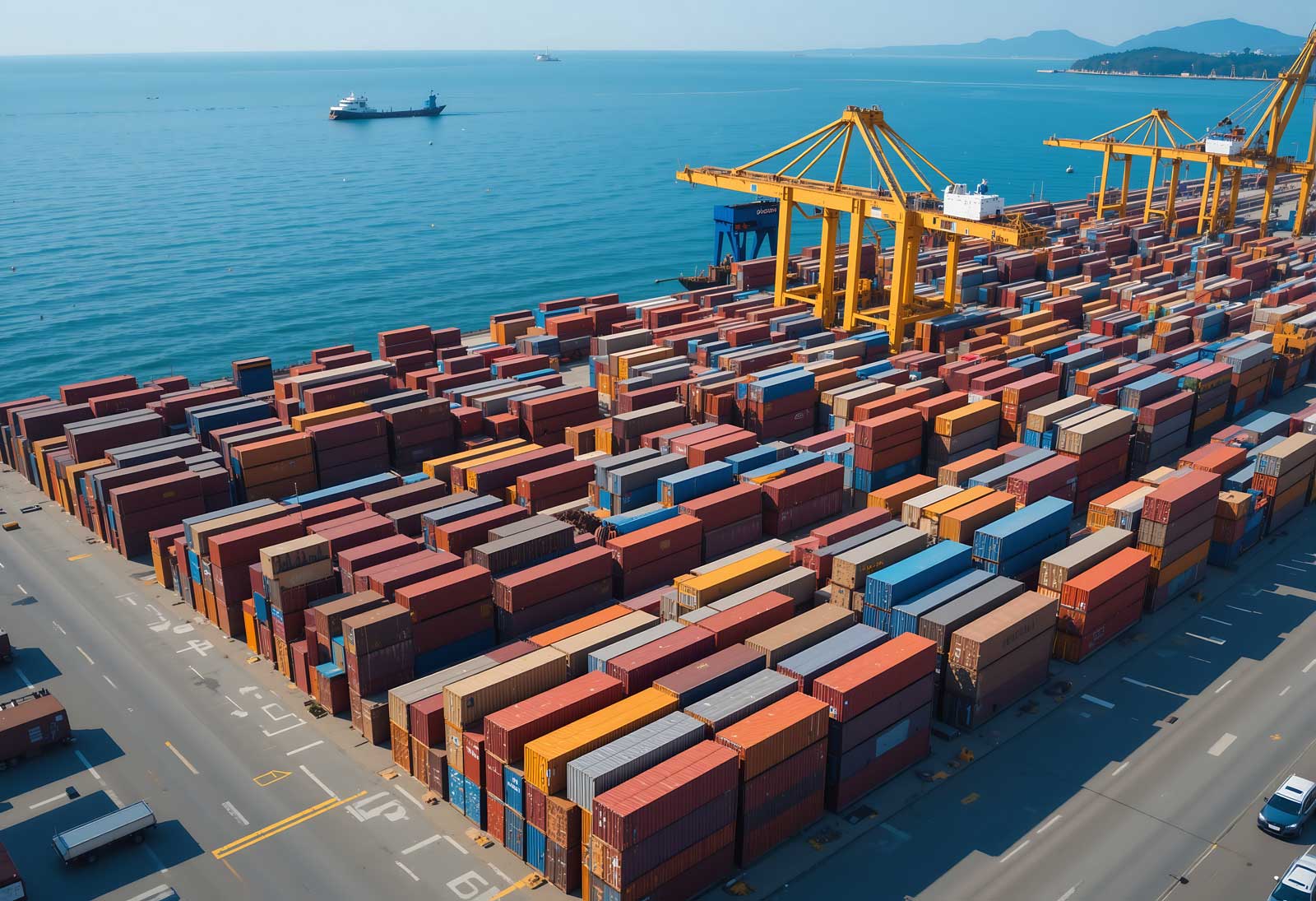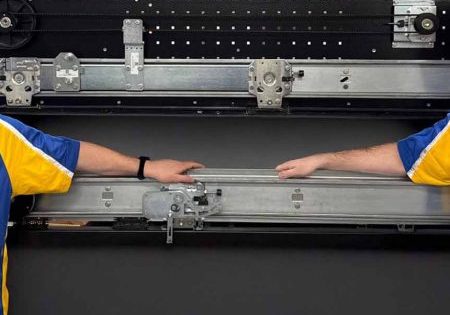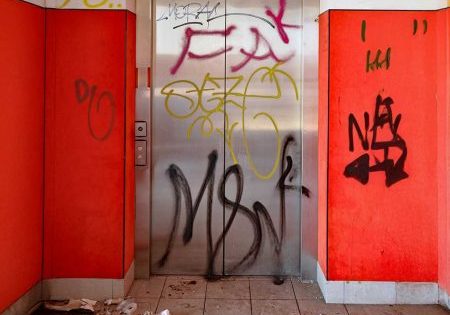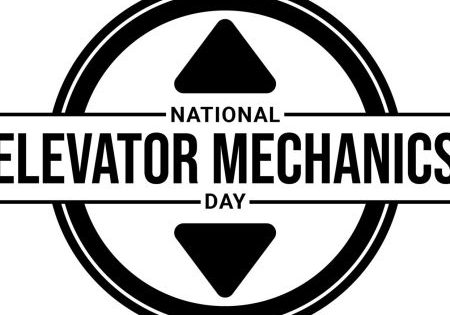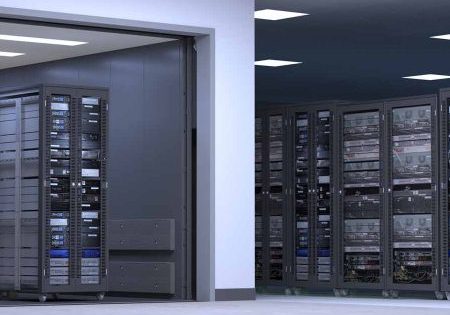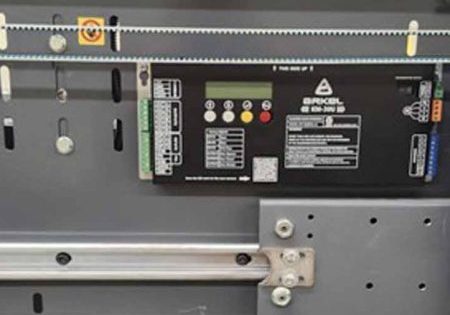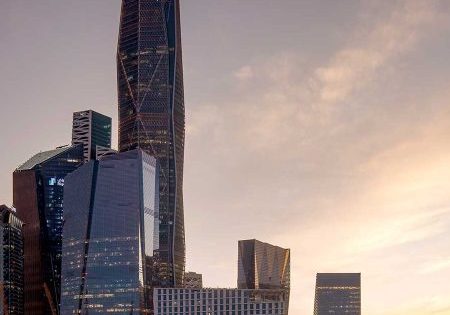Most of the time when you write editorials it goes into a large black hole in the universe. Occasionally, a friend comments — four months later. However, last month, I mentioned tariffs and how they could hurt our industry. The comments poured in from around the elevator world. As I begin to write this morning, tariffs have gone into effect on Canada, Mexico and China — and they have responded in kind. The trade war has begun.
I read a column in The New York Times by my favorite pundit Tom Friedman, “No country in the world alone can make an iPhone.” It highlights how global most industry is and how we depend on one another. There are firms based in America. But there is no American economy in that isolated sense. Instead, there is a global web of commercial, manufacturing, services and trading “ecosystems,” explains Oxford University economist Eric Beinhocker.
Canada is, by far, the top supplier of both steel and aluminum to the U.S. Our good neighbor exported US$9.4 billion worth of aluminum to the U.S. in 2024, significantly ahead of the second-largest exporter, the European Union (EU), which exported US$1.5 billion. Canada also exported US$7.1 billion worth of steel last year, compared to US$7 billion from the EU. Yes, we need steel to build tall buildings and cars …and elevators.
According to the Associated General Contractors of America, construction spending growth is already moving down due to interest rates, but tariffs are likely to prompt many developers to hit pause on projects. It could get lonely out there without our friends.
The Council on Tall Buildings and Urban Habitat (CTBUH) presents its year-end wrap-up with a fascinating array of charts in CTBUH 2025 Trends & Forecasts. While upbeat, CTBUH notes that interest rates and supply chains have cast clouds on 2025.
Other Features include Guangzhou Baiyun Station where TK Elevator installed 150 escalators in one of the area’s largest and most technically advanced rail stations. In another escalator job, Takimotokan Hot Spring Resort in Japan, the interesting process of embedded modernization escalators (EME) was done by Suzhou Hanson Elevator Co. Ltd. Back in the U.S., we have Sun Shines on Safety, an exceptional gathering in Tampa, Florida, for the industry’s public safety organization, the Elevator Escalator Safety Foundation. A golf tournament drew in 74 to play and attend the Annual General Meeting on safety.
A 1-h Continuing Education article, Maintenance on New Equipment Designs: Electric Driving Machines and Brakes by John Koshak, is also offered. The author has a knack for speaking right to the mechanic when explaining how to care for machine- room-less equipment.
Our Focus this issue is Doors and Door Operators, and we have seven articles. Rather than list them all (see the Table of Contents), I will comment on their topics. One author notes that door systems continue to represent the highest portion of installed costs — particularly if you include service calls. There is a little something for everyone: Kevin Brinkman has written about how the Code has handled door safety through constant change. In a long piece from the 2024 International Elevator & Escalator Symposium, the focus is on machine learning and how collection and analysis of door opening and closing can lead to a reduction in vandalism. Michael J. Ryan from The Peelle Co. has written about how freight elevator doors have had an impact on urban growth; and L.J. Blaiotta shares how his company, Columbia Elevator, and US Door Equipment Corp.’s joint efforts are reshaping the market. Even Dr. Lee Gray, our historian, gets into a door story. He tells the history of Dahlstrom Metallic Door Co. and the man who created it.
This is just a small sample of our offerings this month. There are company spotlights, transitions, world vertical-transportation news and more. We hope that you enjoy the issue. You can always let me know your thoughts at [email protected].
Get more of Elevator World. Sign up for our free e-newsletter.
